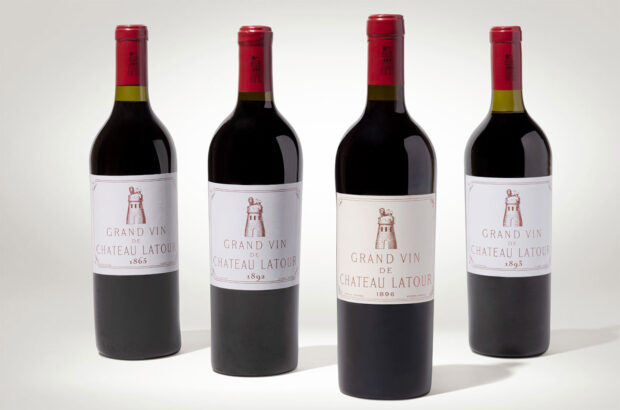With vineyards that begin at 1,750m above sea level and reach way beyond, Colomé was already operating in the world of high altitude winemaking, but with Altura Máxima it really is pushing the envelope, the altimeter hitting a staggering 3,111m at what is one of the highest vineyards in the world.
Located in Salta’s Calchaqui Valley, Colomé was born in 1831, marking it as Argentina’s oldest winery. It remained in the hands of the founding family until it was acquired by Swiss entrepreneur Donald Hess in 2001, and ever since it has sought to gently maximise all of the natural resources found at these heights.
‘We have a daytime temperatures which never exceed 28C, meaning we get fresh fruit which is never cooked,’ says winemaker Thibaut Delmotte. ‘Another advantage is the temperature difference between day and night which can be as much as 20 degrees during the ripening season, maintaining a good level of acidity. Furthermore, at this altitude we have ozone in the atmosphere so we have more ultraviolet radiation. The fruit must be protected from this high radiation; therefore it produces thicker and darker skin which gives deeper, darker wines with great tannic structure.’

‘Another particularity is the soil on the farm. In Argentina, the vineyards are generally grown on sandy soil, but at Altura Máxima we have a very complex soil with sand, large amounts of stones, limestone, granite and alluvial. It is poor and complex, ideal for high quality viticulture.’
Yet such rewards do not come without running a few risks. Mother Nature can still have her way and has imposed her own restrictions on what is feasible at such lofty locations: ‘Frosts in late spring and early autumn means a shorter ripening period,’ concedes Delmotte. ‘That is why we choose varieties of early maturation, it would be impossible to achieve the maturation of varieties such as Cabernet Sauvignon or Petit Verdot.’
Sauvignon Blanc, Pinot Noir and Malbec are currently the only varieties being put to work on the Altura Máxima vineyards. The fruit for the Sauvignon and Pinot is picked in early March, then the vineyards settle into relative quiet until mid to late April when it’s time for the last remaining variety out in the field and what is Colomé’s speciality; high-altitude Malbec.

‘We have almost 15 years of experience in producing Malbec at three different heights,’ reveals Delmotte.
’There’s a constant evolution in style from the lowest to the highest altitude: the colour darkens; the aromas and flavours get more complex, with spices, minerals and even floral notes, plus there’s more tannin structure. Altura Máxima continues this trend, but it is a totally different wine than the other Malbec we can produce. It is unique, very elegant, but concentrated and full-bodied at the same time.’
‘Altura Máxima for us is more than a decade of effort, sacrifice, frustrated trials, illusions and disappointments. But, even if at some point it seemed an unattainable dream, we never lost faith in the incredible potential of this place.’







